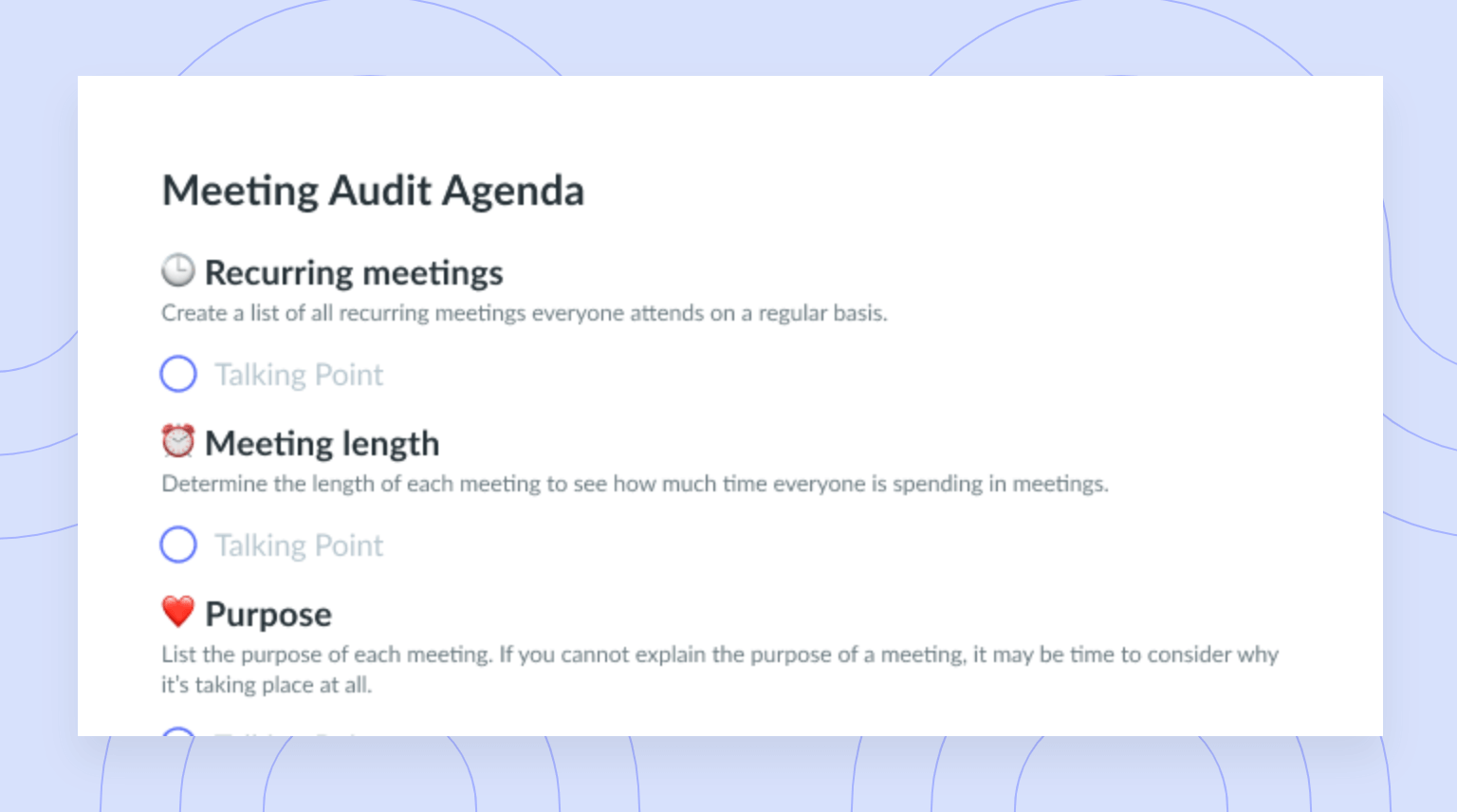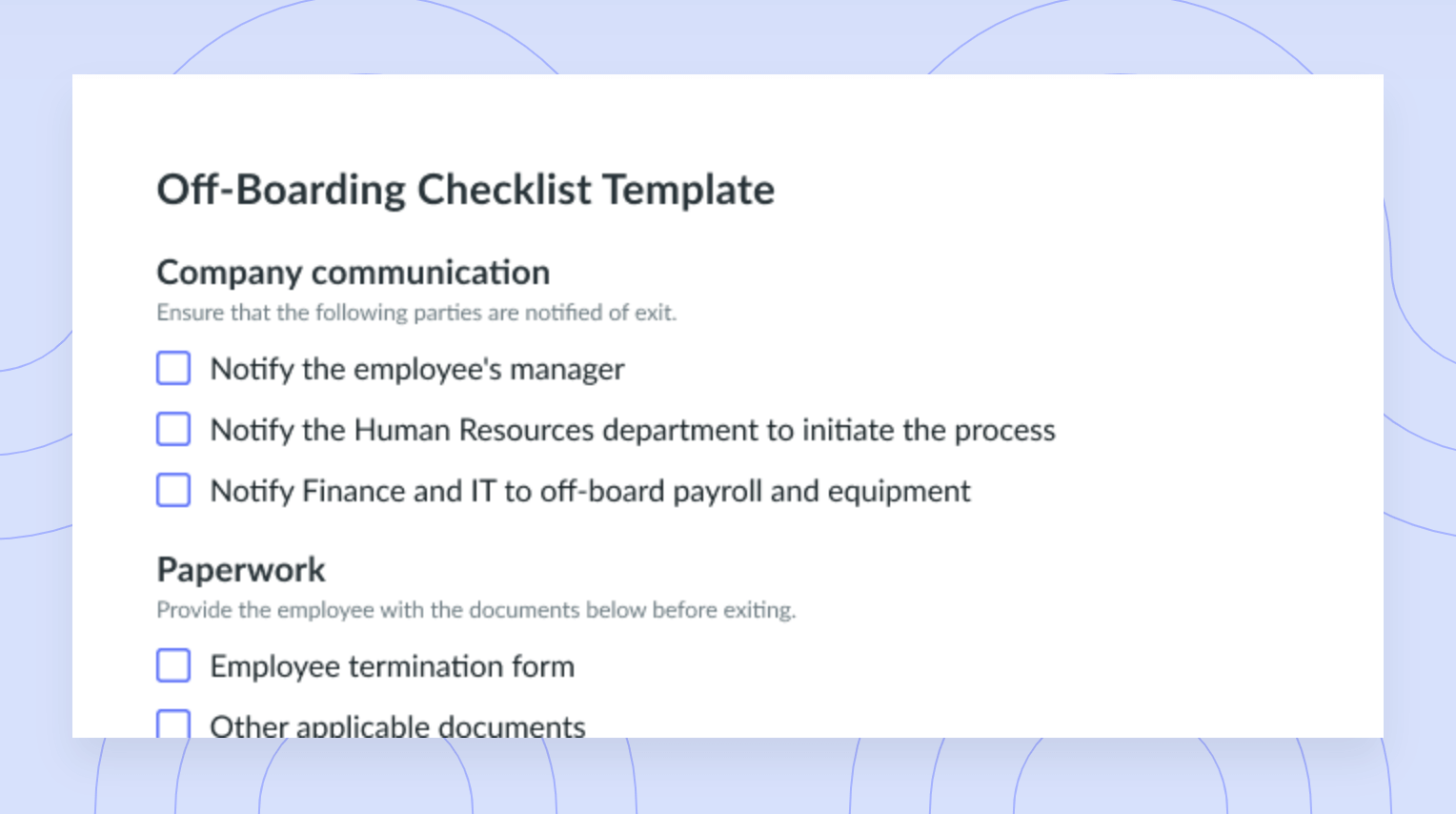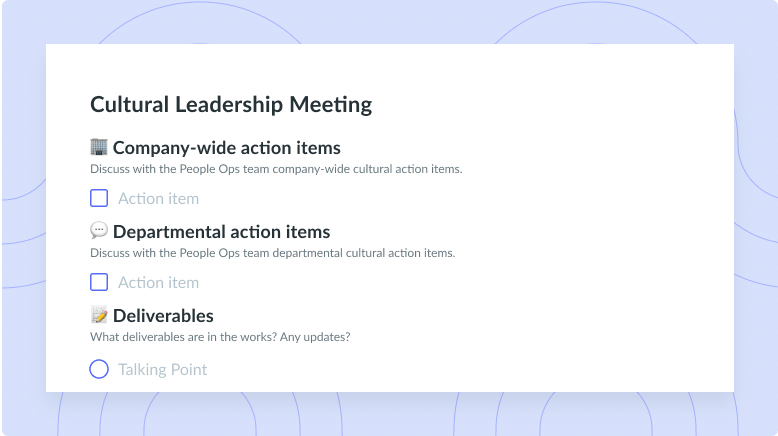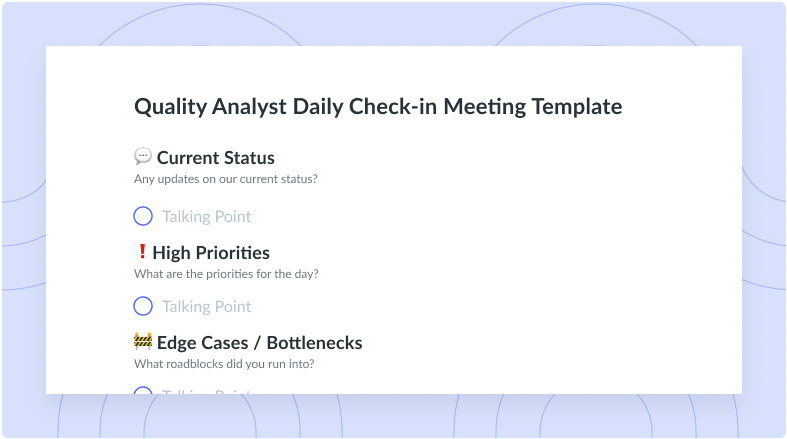Overcoming Resistance to Change in the Workplace
Change is a natural part of any organization. Learn how you can introduce the new status quo, including 3 strategies.
Change is natural in all walks of life, not just in the business world – but people don’t have to like it. After all, even if someone is itching for something to change up their routine, they probably won’t jump into it feet first. That’s because, no matter how bored you might get with your routine, it’s still comforting. It means everything in your small part of the world is still working as planned.
Generally, this doesn’t jell well with how some organizations operate – change can happen fast and leave your team reeling. To counter that, below are a few ways to address resistance to change in the workplace.
- Top 4 reasons for resistance to change
- 6 ways to ease resistance to change in the workplace
- What are the three strategies to overcome resistance to change?
Top 4 reasons for resistance to change
Employee resistance to rapid, unexplained change typically doesn’t come out of nowhere. If anything, there are plenty of reasons why a sudden new routine might negatively impact a team member’s state of mind. Below are a few common sources of resistance in the workplace so you can recognize them within your team and work to address them.
- Mistrust in the person making the change
- Strong emotional reaction
- Fear of failure
- A lack of communication
1Mistrust in the person making the change
Would you trust someone without a driver’s license to steer a cruise ship? In most cases, your team sure wouldn’t. If a manager is known to not have the best decision-making process, that might not inspire much confidence in their push for change. If your senior leaders and managers, though, are known to support and trust the team, that trust will likely go both ways as things change.
2Strong emotional reaction
Sometimes, there’s no helping how your team members feel about a sudden shift in their routine – some people really don’t like change. Properly managing resistance means not belittling your team’s feelings, even if you think they’re overblown. That’s a fast way to just increase the pushback.
3Fear of failure
Resistance to change in the workplace can sometimes be all about anxiety. For example, some people don’t like deviations from their routine because they might involve learning a new skill. That’s when anxiety can rear its ugly head and make people ask themselves whether they can learn something outside their comfort zone. It’s on you to show your team that the answer is a resounding yes.
4A lack of communication
One of the worst things you can do is talk at, not with, someone as you introduce changes. If you want the smoothest transition possible to the new status quo, then open a dialogue about what these shifts will entail. This way, your team gets a chance to weigh in and feel seen and heard.

Managing a team?
Take control of your team meetings by having collaborative meeting notes and encouraging accountability with action items. Try a tool like Fellow!

6 ways to ease resistance to change in the workplace
Learning some of the most common reasons your team might oppose changes to their day-to-day routine is only the first step in managing resistance. Use the tips below to minimize resistance to change in the workplace.
- Provide information in advance
- Encourage participation
- Offer incentives
- Make only necessary changes
- Try to maintain useful customs and informal norms
- Allow for negotiation
1Provide information in advance
If you only follow one tip from this list, it should be telling your team members about the upcoming change well before it happens. Poor communication kills any chance of your transition going smoothly. Even people okay with change might not appreciate having it sprung on them out of nowhere.
2Encourage participation
One of the best ways to combat resistance to change is to give people a say in deciding what changes and what stays the same. Of course, this isn’t always going to be possible – some changes come from higher up the chain. But when it’s possible, it’s a great way to help everyone feel more open to change.
3Offer incentives
Some of your team members might be afraid of the upcoming changes because they feel it could negatively affect their careers or pay. Sometimes, offering these team members more career opportunities or money alongside the change can address these concerns. But not always.
In general, money isn’t the most reliable tactic – instead of solving problems, it just offers more incentives. Some people just won’t like your changes no matter how much money you throw at them.
4Make only necessary changes
If you need to make changes to your team’s day-to-day, make sure they’re as minimal as possible. For example, say you have to switch to a new task management software tool, temporarily changing your usual workflows. This will be challenging for a bit, but you’ve decided it’s a necessary change, so just explain that to your team. Then, stick to this and avoid unnecessary changes. Introducing a second new tool solely to make your workplace feel more modern, for example, isn’t quite necessary or well-timed.
5Try to maintain useful customs and informal norms
Over time, an organization will build up its own set of traditions and customs that your team follows to a tee. A big change might alter some of these customs, but that doesn’t mean you have to completely let them go. The more familiar things you keep around, the more comfortable your team will be with the new status quo.
6Allow for negotiation
If all else fails, open the floor to your team one more time so you can start a back-and-forth about the changes. Sure, your team might not have gotten involved when you first put that option out there. But if they’re frustrated now, they might feel more interested in playing a part. An honest conversation now can help you and your team collaboratively brainstorm changes that everyone likes.
What are the three strategies to overcome resistance to change?
Planning for resistance to change – and countering it – really comes down to three simple steps. Just take a look below for tips on how to get your team to go along with your changes.
- Be honest about the change
- Show enthusiasm about the change
- Stay in communication throughout the process
1Be honest about the change
Don’t try to hide big changes from your team – they’ll find out eventually. If you don’t want rumors and half-truths flying around and hurting morale, it’s better to explain what’s coming as transparently as possible.
2Show enthusiasm about the change
Many people in your team are following your lead on how to behave and react to your organization’s news and developments. They’ll likely pick up on any hesitance you have about upcoming changes, and they might start hesitating themselves. The nice thing is that the same could be said for enthusiasm as well. Just putting a smile on – literally and metaphorically – can help get your team on board.
3Stay in communication throughout the process
Making changes can take some time, especially if you’re talking about organization-wide shifts. Keeping your team in the loop about your progress can help them trust you more. That means less resistance to change in the workplace, which, in turn, means a smoother transition.
With change comes progress
The world won’t stay still around you and your organization. People change, so what they need changes, and the products or services an organization provides will change too.
It can be hard for some people to come to terms with this constant need for growth, but with Fellow, explaining gets a little easier. Fellow is a professional meeting management platform that can help you plan, set up, and run team meetings where you can explain new changes. With Fellow, your team can stay in the loop more easily and enjoy the transition to a new status quo.




























